Inflation skyrockets to 68-month high at 10.3%
CPI rises on back of surge in prices of housing, transport and food items
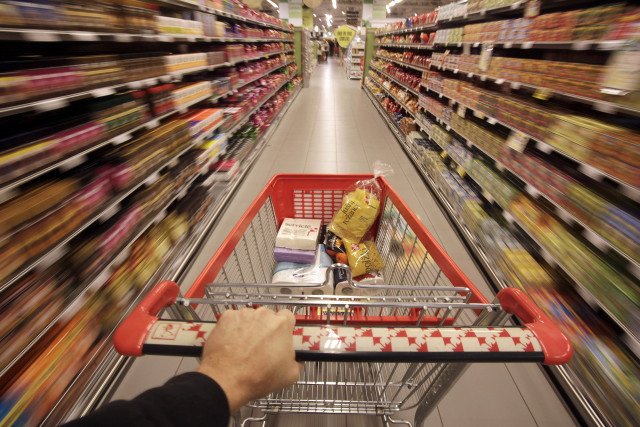
A shopping cart is pushed down the aisle in this REUTERS photo illustration.
Measured by the Consumer Price Index (CPI), the average rate of increase in prices of 40 dozen items stood at 10.34% in July, reported the Pakistan Bureau of Statistics (PBS) on Thursday.
It was the highest inflation rate in the past 68 months. Last time in November 2013, the inflation had soared 10.9%. In July last year, the pace of inflation was 5.83%.
Increase in prices of petroleum products, food and beverages, utility charges, housing and devaluation of rupee against the US dollar fuelled inflation in the country. But these elements may not be neutralised by the State Bank of Pakistan (SBP) through monetary tightening.
Inflation touches 56-month high in Feb
On the demand of the International Monetary Fund (IMF), the SBP Monetary Policy Committee raised the policy rate by one percentage point to 13.25% with effect from July 17, 2019. In its statement, the central bank said the decision was taken while keeping in mind the upside inflationary pressures from exchange rate depreciation and likely increase in near-term inflation from the one-off impact of recent adjustments in utility prices and other measures in the budget.
The central bank expects average inflation to stay in the range of 11-12% in the current fiscal year, which is higher than the previous projection. Core inflation, measured by excluding food and energy goods from the basket, picked up slightly to 7.8% in July, according to the PBS. But this level of core inflation did not warrant 13.25% interest rate.
The central bank targets core inflation while taking decision on the monetary policy. After the recent increase in interest rate, the core inflation-adjusted interest rate has become positive by 5.45%, which is probably one of the highest in the world.
“Majority of the central banks keep the real interest rate positive by around 2%,” said Dr Ashfaque Hasan Khan, a member of the government’s Economic Advisory Council.
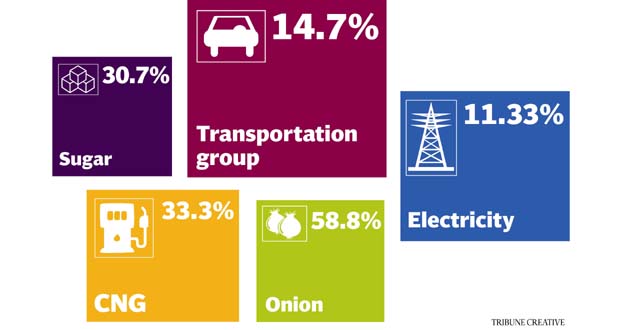
The government did not introduce the new base year to measure the rate of inflation as the PBS Governing Council had not yet approved it. The Economic Coordination Committee (ECC) of the cabinet did not give the go-ahead for introducing the new methodology and referred the matter to the governing council.
Pakistan has been using an 11-year-old base year to calculate the pace of inflation. There has been a significant change in spending patterns over the past 11 years but the government is still using the 2007-08 base year.
The CPI is calculated by reviewing prices only in urban centres. The PBS has promised that the new inflation basket will comprise 600 items including 244 in rural areas.
However, the PBS on Thursday released the inflation reading on the basis of old methodology.
There was an increase in prices of both food and non-food items. Of the 12 groups, the prices of five groups surged into double-digits in July over a year ago.
Inflation jumps to a five-year high of 9.41% in March
The maximum increase of 35.8% was recorded in the alcoholic beverages and tobacco group. Prices of the housing, water, electricity, gas and fuel group rose 12.8% in July over a year ago.
Prices of the furnishing and household equipment group increased over 10%, transport group 14.7% and miscellaneous group 11.6% in July. Prices of the clothing and footwear group increased 7.4%.
Gas tariffs surged 142%, garlic prices 74.9%, onion 58.83%, pulse moong 47.6%, gold 36%, CNG 33.3%, sugar 30.7%, cars 25.54%, cigarettes 24.7%, pulse mash 22.3%, petrol 22.5%, potatoes 21%, pulse gram 12.3%, high-speed diesel 12.3%, beef 12%, electricity 11.33%, motorcycles 10.7%, wheat flour 10.4%, bread plain 9.33%, cement 10.1%, kerosene oil 9.9% and rent 6.2%.
Published in The Express Tribune, August 2nd, 2019.
Like Business on Facebook, follow @TribuneBiz on Twitter to stay informed and join in the conversation.


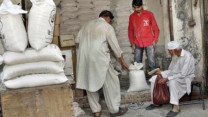

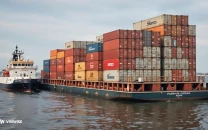
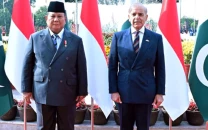













COMMENTS
Comments are moderated and generally will be posted if they are on-topic and not abusive.
For more information, please see our Comments FAQ